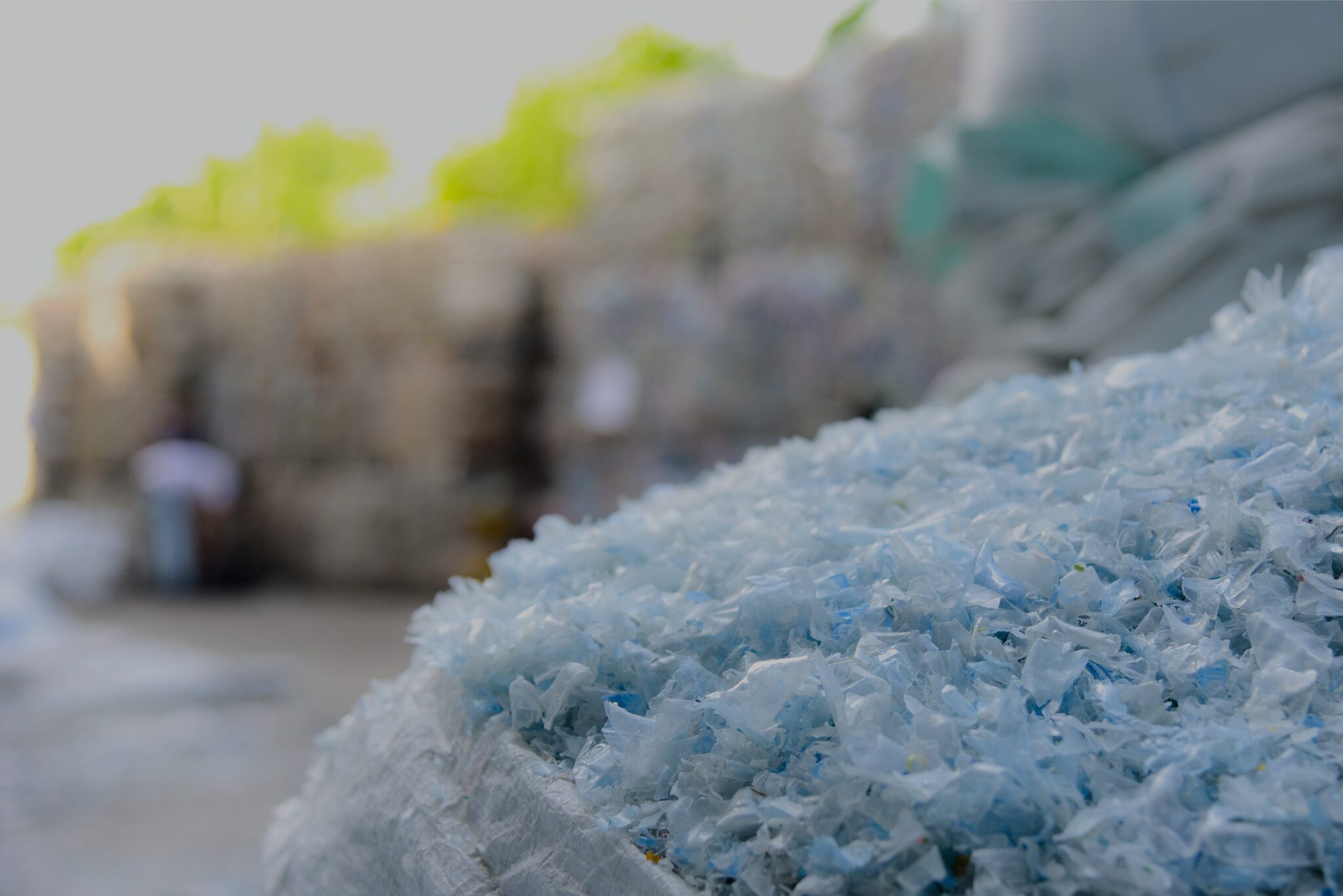

Originally published on fastradius.com on May 27, 2020
Since 1950, the world has produced 8 billion tons of plastic, and recycled only 9% of it. About 12% has been incinerated, while the rest — around 79% — has accumulated in landfills, dumps or the natural environment. As it stands, just 2% of the world’s plastic packaging comes from recycled sources. Statistics like these are shocking, but they don’t mean we’ve reached the point of no return.
The rise of the sustainable, more eco-conscious consumer has inspired companies in a wide variety of industries to rethink how the materials they choose impact the environment. Rothy’s, a San Francisco-based footwear brand, uses a 3D knitting process with recycled PET plastic yarn to make some of their hottest styles. Children’s toy manufacturers are notorious for using large amounts of unrecyclable plastic — they require materials that are durable and flexible enough to keep up with rambunctious youngsters — but Green Toys has taken the more eco-friendly route. All Green Toys products are certified baby-safe and made from 100% recycled milk jugs. These are just a couple of examples of the steadily growing sub-sector of manufacturing that runs on recycled materials.
Sustainability in the additive manufacturing industry is still a work in progress, but many companies are already making a concerted effort to reduce, reuse, and recycle. Manufacturing with recycled materials brings us one step closer to a cleaner, greener world. Here’s how the process works.
Producing just one ton of recycled plastic saves five barrels of oil, removes the equivalent of 1.6 tons of carbon dioxide emissions from the atmosphere, and results in 80 to 90% energy savings. What’s more, manufacturers that use recycled products can dramatically reduce their material costs. Engineers and product teams can start manufacturing recycled plastic products and reaping these benefits only after plastics have been recycled and processed — which requires three essential steps.
The first step of recycling plastics is sorting waste plastics and separating them by type. This is important because many materials are composites of two or more types of plastic, and these plastics may not have the same levels of recyclability.
For example, PLA bioplastics are bio-based, biodegradable plastics that can decompose in as little as three months under the right conditions, but their recyclability can become compromised if they have been mixed with less eco-friendly plastics. Taking the time to sort waste plastics and ensure that they are suitable for recycling makes for better products down the line.
Once plastics have been separated, they must be checked for labels or impurities and cleaned. Then, the clean plastic is cut into small pellets, packaged into bags, and prepared for testing and labeling. At this stage, the recycled plastic is known as “rGrade plastic” and can be reused in manufacturing if virgin plastic is added. Without the addition of virgin plastic, recycled plastic material needs to be processed in order to become viable for manufacturing.
The most popular way to process recycled material is to grind, melt, and extrude it into filament — the thermoplastic feedstock used in fused deposition modeling (FDM). Recycled plastic can also be transformed into pellets, flakes, or powder suitable for manufacturing using hot washing, crushing, granulation-filtration, and other advanced technologies. Once processing is complete, the recycled materials can be used directly in manufacturing.
Although many recycled plastics do not promise the same mechanical and chemical advantages of virgin plastic, they help reduce the carbon footprint of the manufacturing industry, save engineers and product teams on material costs, and can be used to manufacture a range of high integrity parts.
While recycled plastics and recycled filament face some quality issues today, continuous investment in their innovation and the energy infrastructure of the manufacturing industry at large can help to create a more environmentally friendly future for us all. In order to make sustainability in the manufacturing industry a long-term reality, manufacturers must prioritize materials, processes, and operational models that mitigate energy and material waste.
The SyBridge team has years of experience working with the most popular commercial manufacturing processes.. We’re dedicated to helping engineers and product teams create parts that are better, stronger, and greener. Contact us today — let’s make new things possible.
Forget typical cycle times. We're pushing the boundaries of conformal cooling. While traditional approaches deliver…
Forget typical cycle times. We're pushing the boundaries of conformal cooling. While traditional approaches deliver…
From left to right: Brayden Janak (apprentice); Logan Vifaquain (CNC machining, Programming and CMM); Ron…
SyBridge Technologies is proud to announce we have been awarded the 2023 General Motors Supplier…
Today, designers and engineers are accustomed to working with digital tools in their day-to-day jobs.…
Optimizing Your Injection Molding Process for Cost-Effective Manufacturing Excellence In today’s competitive landscape, manufacturers are…